Idoia Ruiz
Weakly Supervised Multi-Object Tracking and Segmentation
Jan 03, 2021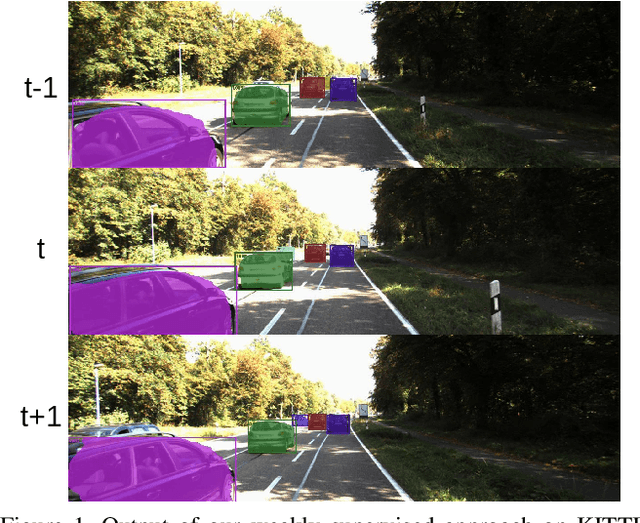
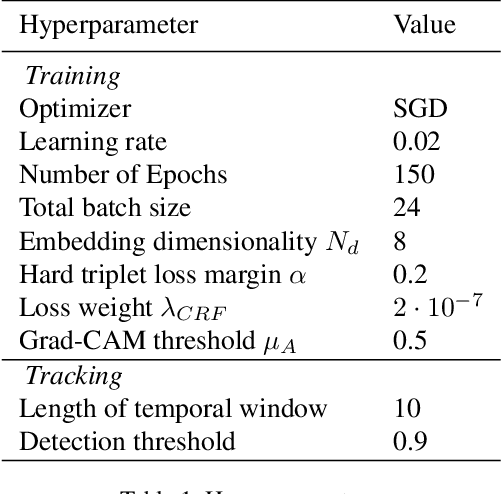
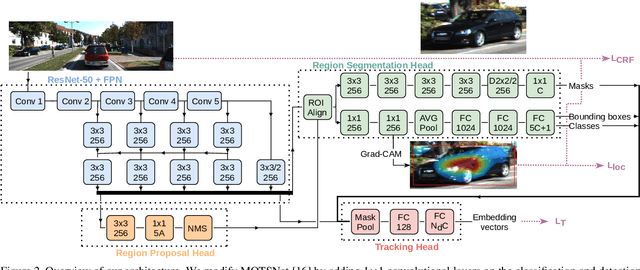
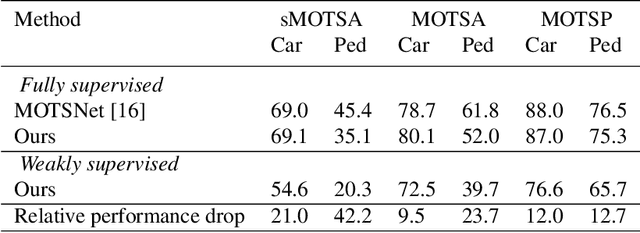
Abstract:We introduce the problem of weakly supervised Multi-Object Tracking and Segmentation, i.e. joint weakly supervised instance segmentation and multi-object tracking, in which we do not provide any kind of mask annotation. To address it, we design a novel synergistic training strategy by taking advantage of multi-task learning, i.e. classification and tracking tasks guide the training of the unsupervised instance segmentation. For that purpose, we extract weak foreground localization information, provided by Grad-CAM heatmaps, to generate a partial ground truth to learn from. Additionally, RGB image level information is employed to refine the mask prediction at the edges of the objects. We evaluate our method on KITTI MOTS, the most representative benchmark for this task, reducing the performance gap on the MOTSP metric between the fully supervised and weakly supervised approach to just 12% and 12.7% for cars and pedestrians, respectively.
* Accepted at Autonomous Vehicle Vision WACV 2021 Workshop
Learning Multi-Object Tracking and Segmentation from Automatic Annotations
Dec 04, 2019

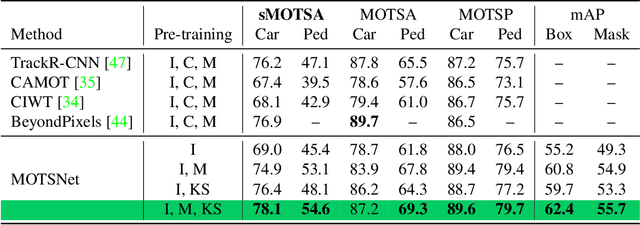
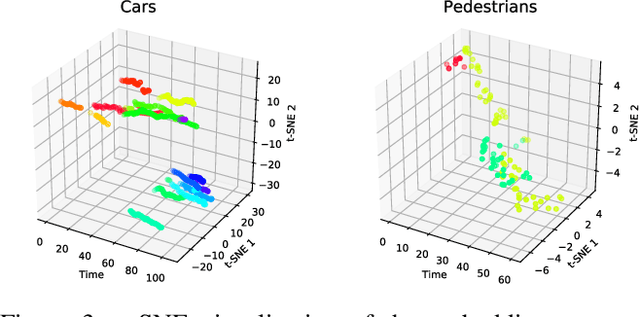
Abstract:In this work we contribute a novel pipeline to automatically generate training data, and to improve over state-of-the-art multi-object tracking and segmentation (MOTS) methods. Our proposed tracklet mining algorithm turns raw street-level videos into high-fidelity MOTS training data, is scalable and overcomes the need of expensive and time-consuming manual annotation approaches. We leverage state-of-the-art instance segmentation results in combination with optical flow obtained from models also trained on automatically harvested training data. Our second major contribution is MOTSNet - a deep learning, tracking-by-detection architecture for MOTS - deploying a novel mask-pooling layer for improved object association over time. Training MOTSNet with our automatically extracted data leads to significantly improved sMOTSA scores on the novel KITTI MOTS dataset (+1.9%/+7.5% on cars/pedestrians). Even without learning from a single, manually annotated MOTS training example we still improve over prior state-of-the-art, confirming the compelling properties of our pipeline. On the MOTSChallenge dataset we improve by +4.1%, further confirming the efficacy of our proposed MOTSNet.
Optimizing Speed/Accuracy Trade-Off for Person Re-identification via Knowledge Distillation
Dec 07, 2018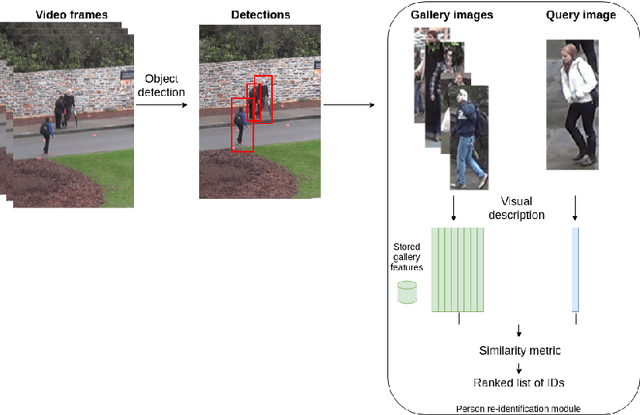

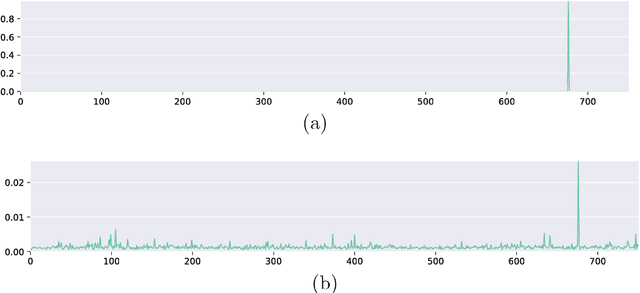
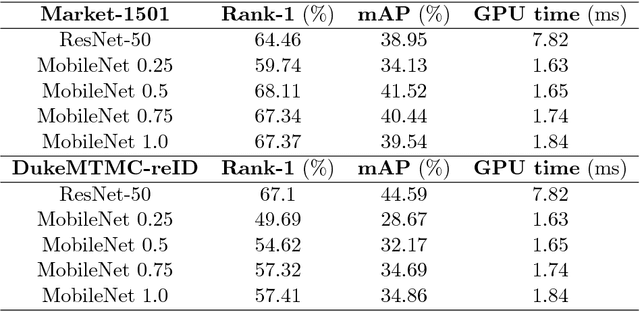
Abstract:Finding a person across a camera network plays an important role in video surveillance. For a real-world person re-identification application, in order to guarantee an optimal time response, it is crucial to find the balance between accuracy and speed. We analyse this trade-off, comparing a classical method, that comprises hand-crafted feature description and metric learning, in particular, LOMO and XQDA, with state-of-the-art deep learning techniques, using image classification networks, ResNet and MobileNets. Additionally, we propose and analyse network distillation as a learning strategy to reduce the computational cost of the deep learning approach at test time. We evaluate both methods on the Market-1501 and DukeMTMC-reID large-scale datasets.
Metric Learning for Novelty and Anomaly Detection
Aug 16, 2018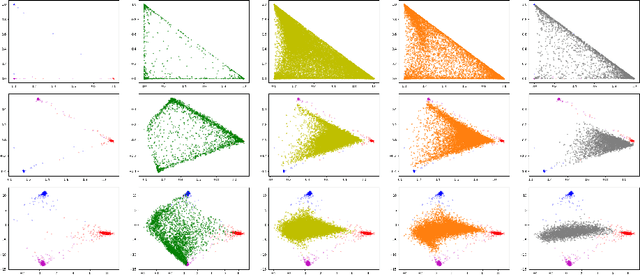


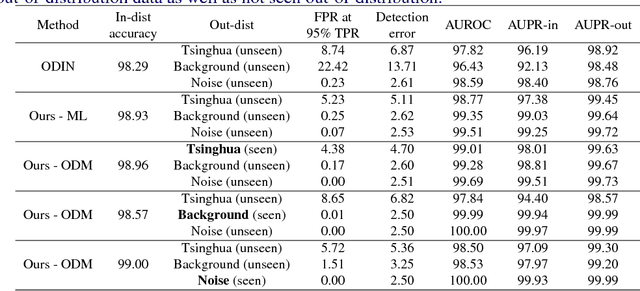
Abstract:When neural networks process images which do not resemble the distribution seen during training, so called out-of-distribution images, they often make wrong predictions, and do so too confidently. The capability to detect out-of-distribution images is therefore crucial for many real-world applications. We divide out-of-distribution detection between novelty detection ---images of classes which are not in the training set but are related to those---, and anomaly detection ---images with classes which are unrelated to the training set. By related we mean they contain the same type of objects, like digits in MNIST and SVHN. Most existing work has focused on anomaly detection, and has addressed this problem considering networks trained with the cross-entropy loss. Differently from them, we propose to use metric learning which does not have the drawback of the softmax layer (inherent to cross-entropy methods), which forces the network to divide its prediction power over the learned classes. We perform extensive experiments and evaluate both novelty and anomaly detection, even in a relevant application such as traffic sign recognition, obtaining comparable or better results than previous works.
 Add to Chrome
Add to Chrome Add to Firefox
Add to Firefox Add to Edge
Add to Edge